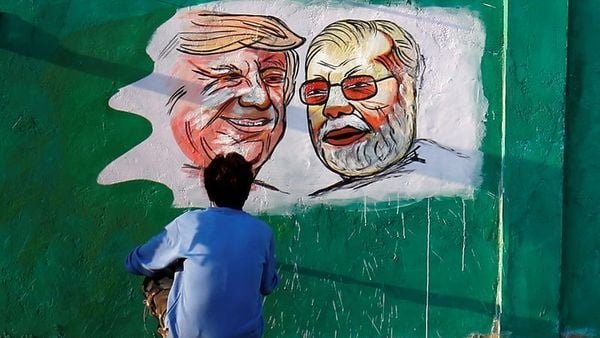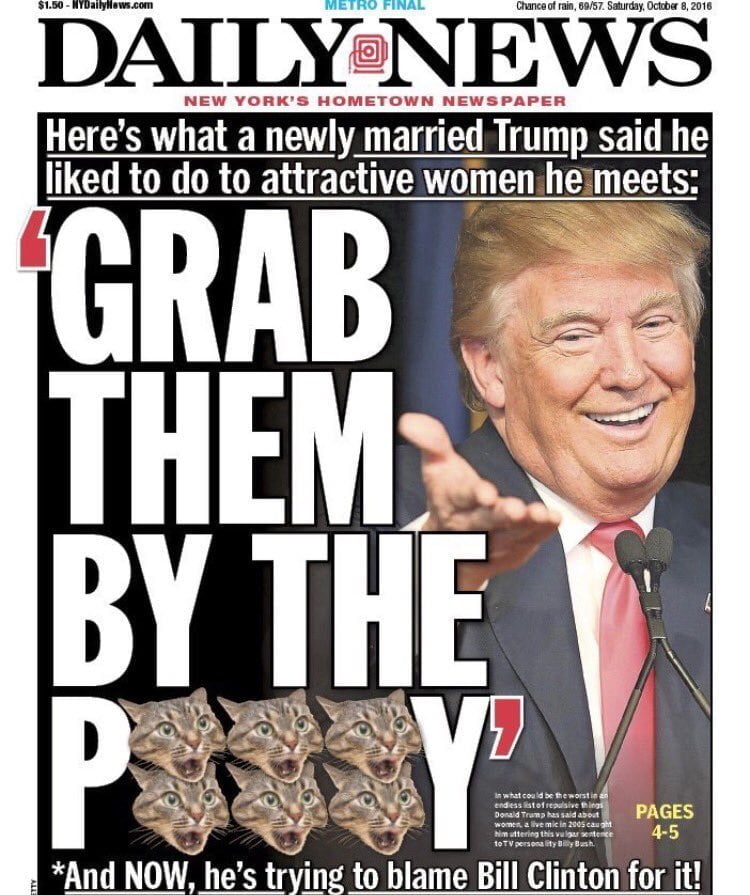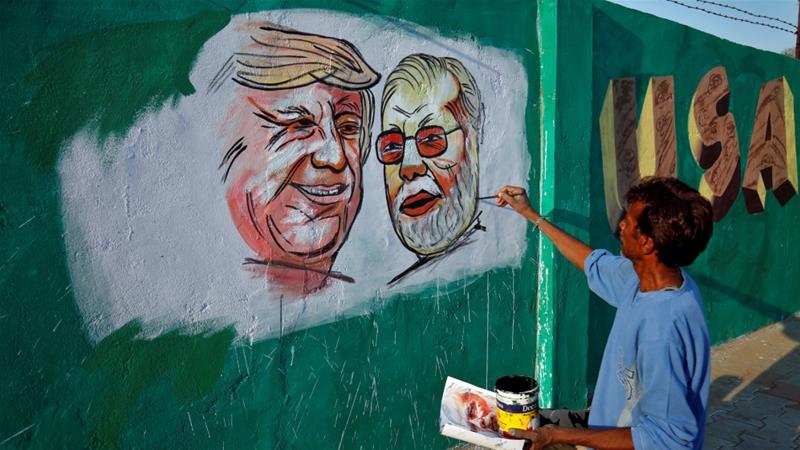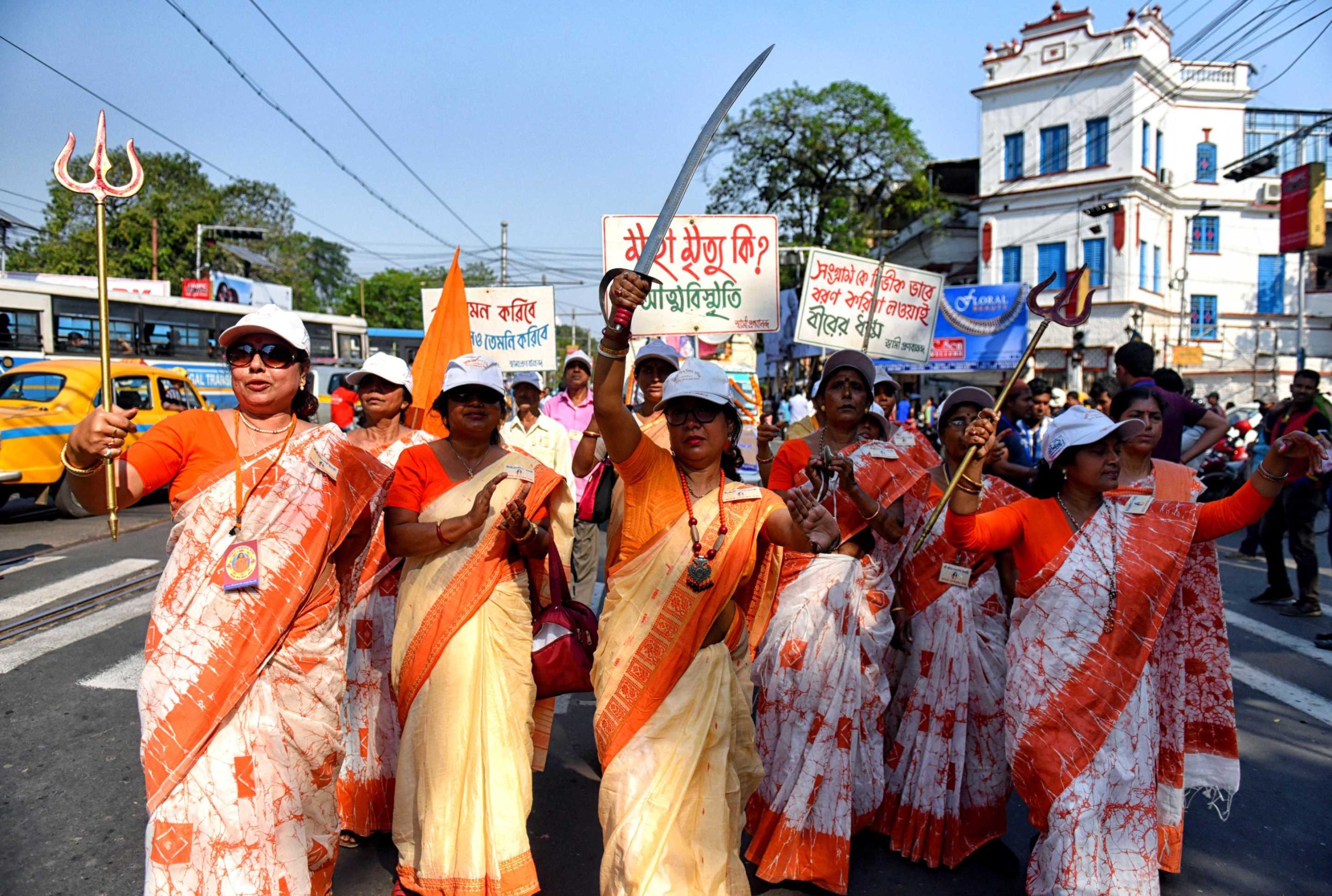Trump’s famous caps and Modi-face masks united this week. Ahmedabad was peppered with billboards announcing ‘two dynamic personalities, one momentous occasion’ and ‘two strong nations, one great friendship’, it is interesting to see how the optics of this meet played out. Donald Trump and Modi’s relationship has been portrayed as something resembling a ‘bromance’ or a ‘friendship’, given that conveniently neither of them hold each other accountable as world leaders but throw heaps of praises for one another.
They are fairly similar to leaders with their strongman characters, populist and nationalist attitudes, hawkish international relations, and nativist governing philosophies. These are illustrated by their actions in terms of their speeches as well as their policies, take for example the policies surrounding citizenship in India currently. Similarly, Trump’s nativist rhetoric in the USA. Their relationship has rightly been dubbed as ‘fascist alliance’ by activists in Gujarat. There is a rise of individual right-wing leaders across the globe; additionally, they have all been vocal of their support for one another, for instance, Trump’s endorsement of Benjamin Netanyahu in Israeli elections.
Trump’s 36-hour trip was curated to help both the leaders appease their populations more than any trade/agreement related discussions. Modi’s requirement to get into the good books of people given the waves of protest around the country (or perhaps a distraction, who knows) while Donald Trump wished to establish himself as an important leader in dealing with countries with high tariffs. Trump in his speech validated Modi’s actions and painted him as a ‘uniting’ force for India.
DONALD TRUMP AND MODI’S RELATIONSHIP HAS BEEN PORTRAYED AS SOMETHING RESEMBLING A ‘BROMANCE’ OR A ‘FRIENDSHIP’, GIVEN THAT CONVENIENTLY NEITHER OF THEM HOLD EACH OTHER ACCOUNTABLE AS WORLD LEADERS BUT THROW HEAPS OF PRAISES FOR ONE ANOTHER.
In the spirit of this relationship, Modi gave Donald Trump a wall, something that has been harped upon by the latter since the beginning of his political career. A half-kilometre long wall was constructed in Gujarat right before Trump’s visit, allegedly to hide 500 kutcha houses at Dev Saran slum and the 2,500 residents. Building walls to hide the impoverished is inherently problematic especially when that amount of capital invested could have been used for aiding them.

A man applies finishing touches to paintings of U.S. President Donald Trump and India’s Prime Minister Narendra Modi on a wall as part of a beautification along a route that Trump and Modi will be taking during Trump’s upcoming visit, in Ahmedabad, February 17, 2020. REUTERS/Amit Dave
The Ahmedabad municipal corporation, claims that the decision to build the wall was taken much before Trump’s visit, “The decision to build a four-feet wall was taken two months ago to prevent encroachments on footpath & road,” yet, the hasty building of the same in the week leading up to the visit portrays different priorities. Street Vendors were removed from the roads, endangering their livelihoods. In addition to this eviction notices were served to more than 40 slum dwellers, leading the residents to question whether the country was ashamed of their existence in front of the POTUS Donald Trump.
Gujarat saw great expenditure in these measures along with security deployment, flowers, removal of stray animals, etc. The total expenditure has almost been about 1.5% of the annual budget of Gujarat. Apart from the wall, in Uttar Pradesh, water was pumped into the Yamuna to reduce the odour and Taj Mahal was retouched.
These measures beg the question why the country would invest so much capital to hide poverty for a visit as opposed to helping with alleviation, it highlights the irony in the fact that while Trump sang praises of Modi’s ability to have alleviated the poor in India, eviction notices and crushed livelihoods lay just behind a wall.
These measures beg the question why the country would invest so much capital to hide poverty for a visit as opposed to helping with alleviation, it highlights the irony in the fact that while Trump sang praises of Modi’s ability to have alleviated the poor in India, eviction notices and crushed livelihoods lay just behind a wall. As mentioned before, Trump’s speech was more or less a brag-sheet characterising Modi as a uniter of India, something he has previously done while calling Modi ‘the father of India’. Although he spoke of the various identities that reside in India, the riots in New Delhi or the waves of protests across India went unaddressed.
What left me particularly irked was the fact that ‘Macho Man’ by The Village was one of the songs that played in the playlist to which Trump entered. This background music placed in Trump’s context of misogynism furthers his toxic masculinity.
Having been quoted saying things like “Just kiss. I don’t even wait. When you’re a star, they let you do it. You can do anything. Grab ’em by the pussy.” Trump’s general attitude toward women has always been problematic. He has had a prominent tendency of objectifying every woman in his path, be it a journalist in a press conference or women who have accused him of sexual assault. People have bought this attitude as a part of his identity, they have normalised it to a degree where the whopping number of allegations (20 approximately) does not seem to impact those who engage with him. His nonchalant attitude towards these allegations.
Also read: In Trump’s America: 4 Ways Of Practicing Self-Care In A World That Hates You
In light of this, we cannot detach Trump’s identity as a serial sexual harasser from his politics and those who associate themselves with him.

Especially given the context of the way Indian women within politics are treated. Although Indian Politics is not alien to the concept of verbal slandering, it takes a turn for the worse when it comes to women politicians. For instance, in 2013 Uttar Pradesh’s Tourism Minister Om Prakash Singh began his critique of the previous Chief Minister, Mayawati, by calling her ‘badsurat’ (ugly) attaching more importance to her physical appearance than the quality of her work and simultaneously degrading her as a person through this verbal abuse. In a study by the United Nations, it was found that 14 per cent of 750 respondents had faced sexual violence in politics and 45 per cent had been physically abused in Indian Politics.
Additionally, a study by the Association for Democratic Reforms (ADR) shows Modi led Bharatiya Janata Party (BJP) has the highest number of party leaders with cases of crimes against women. With many of these fresh in our memories, for instance, the case of Chinmayananda in Uttar Pradesh, with a law student coming out with a video accusing him of sexual harassment. The BJP, in turn, has actively tried to save these leaders. Case in point the Yogi government withdrew the case against Chinmayananda post coming into power. Similarly, in the case of Kuldeep Senger in Unnao, the BJP’s late and almost reluctant reaction is proof of how little they prioritise women’s issues.
Also read: Ivanka Trump: White Privilege’s Descent Into India
Here, then the engagement with Donald Trump is reflective of the already skewed power dynamics, highlighting once again that political leaders just do not care. Political interaction with Trump validates his behaviour and makes it seem ‘acceptable’. Especially the ‘close friendship’ between the Prime Minister of the country and Donald Trump along with the celebratory nature of the event makes Modi morally complicit and an enabler.
Featured Image Source: Al Jazeera
About the author(s)
Surmayi is a writer trying to pen down words with ink made from sunset's colours and a student of Political Science at Miranda House.
She has authored a story in a collection of short stories called Cadence. Her poetry and fiction have been published in several online journals and print anthologies. A blog columnist for Teen Belle Magazine, she has also been a contributor to Medium and a content writer for Reform The Norm.
A raging feminist using writing as her medium.




